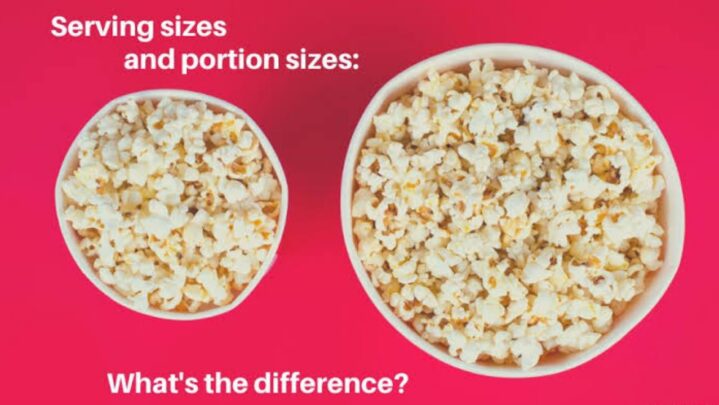A serving size is a unit of measurement that allows you to compare nutritional information between items, whereas a portion size is the amount of food you consume. The term “serving size” refers to the NLEA serving, often known as a food label serving. The US Food and Drug Administration was given the ability to enforce nutrition labelling on practically all packaged foods in the 1990 Nutrition Labeling and Education Act (NLEA). The FDA determines which nutritional information, such as portion size, must be included in food packaging. Consumers will be able to compare nutritional values, understand what they’re eating, and make healthier food choices as a result of this.
The serving size on the nutrition facts label is the NLEA serving size, which is determined by Reference Amounts Customarily Consumed (RACCs), which is the quantity of food that the average individual eats at a given time. That isn’t always the case. Canned soup, for example, is frequently labelled as containing two or “approximately two” portions, although studies show that many people consume the entire container. Portion size simply refers to how much food you consume at any given time. If a box of crackers has a serving size of 10 pieces and you eat one cracker, your portion size is one-tenth of a serving. Your portion size was one serving if you ate ten crackers. Your portion size is two serves if you eat 20 crackers.
Let us know if this article has helped you and keep reading SuccessYETI.com
Also Read: Top 5 Easy Dinner Recipes For Two





